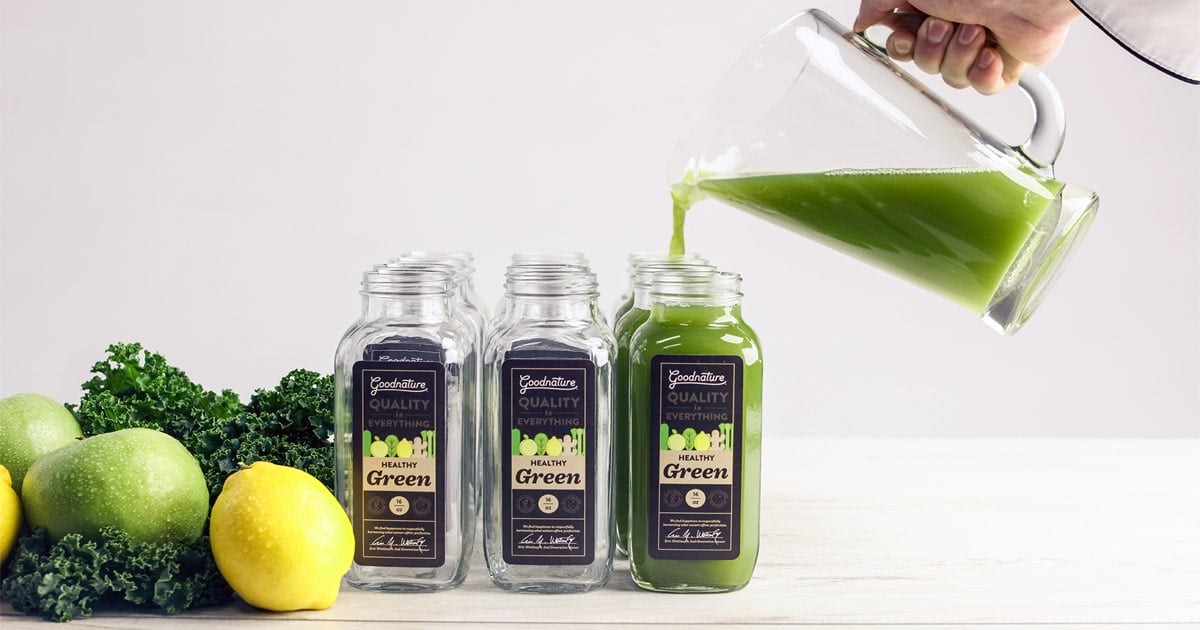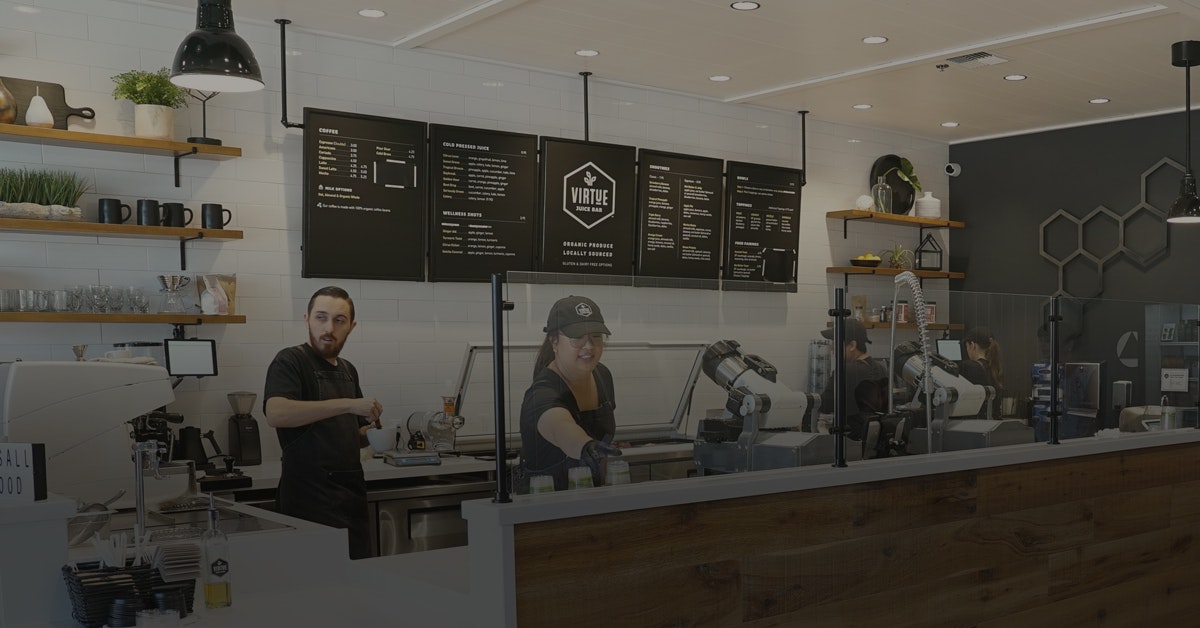Frequently, new juice bar or wholesale juice business owners ask about investing in an automated bottle filler. I purchased a two-head, table-top bottle filler for our juicing kitchen a while ago with the intention of stocking it as part of our product line. After some time I learned that it probably doesn’t make sense for a small juice business to invest in a bottle filler until you’re filling thousands of bottles per day. I’ll explain why below. If you’ve had a different experience, let our readers know in the comments.
Labor Cost
Intuitively, one would think that labor costs go down after implementing a bottle filling machine. I was surprised to learn that that’s most likely not the case for a small operation. The small bottle fillers are of the “semi-automatic” type. The user stands near the filler, manually places bottles under the spouts, and presses a foot pedal to initiate the filling process. The filling machine then fills the bottles. Once the process is done, the user moves the full bottles to the side, and puts new bottles under the spouts and starts the process again.
Essentially what this means is that you still need a person working full time to fill bottles, and it isn’t going to be much (if at all) faster. A skilled employee can fill hundreds of bottles per hour with a pitcher of juice and a funnel for filling the bottles without the help of a machine.
Part of the reason that we can fill juice bottles so quickly by hand is because the standard cold-pressed juice bottles we use tend to be easy to fill. A 12 oz or 16 oz bottle with a wide mouth is very easy to pour into with a funnel. You can line up 20 empty bottles and just go right down the line pouring into them. If the bottle you chose had a small opening, it may make more sense to use a machine.
Another point regarding labor cost is that the filling machine system must be cleaned regularly which adds an additional step to your daily juicing process.
Waste
Since a bottle filler requires tanks and tubing / hoses to work, there will be some juice left in the system when you’re finished filling bottles. There’s simply no way to get it out other than to flush the system with water, which mixes with the juice and becomes a by-product that needs to be discarded or re-purposed. The system also has to be cleaned, which adds extra labor to your daily juicing process.
When it makes sense to buy a bottle filler
At some point, it absolutely makes sense to invest in an automated filling line. When your business is big enough to justify spending $200k on a fully automated filling line, you will see massive savings in labor and that investment will pay for itself in a very short amount of time.
Imagine going from 4-5 full time employees filling thousands of bottles per day down to a single person only spending part of their time operating the bottle filler, while they spend the rest of their time managing other parts of the operation. There will still be some wasted product which is unfortunate, but the wasted juice is proportionally a much smaller amount when dealing with large volumes and the cost is minimal.
Comments
Base on your experience what is the minimum or adequate volumen (12 oz and 16 oz) to implement a automated filler? and in the same way, the best option (model) of production capacity of the cold press good nature equipment.
It really depends on your labor cost and how much you have to pay someone to fill bottles by hand, but I would say if you are producing enough bottles to have more than 2 people working full time filling bottles it probably makes sense to get an fully automated bottle filling line. The Goodnature X-6 produces thousands of bottles per day, so that machine could handle the capacity.
What are options for semi-automatic filling pumps? I have found some drum pumps that are set to size/volume ie 12 oz...but the ones I have found are not food grade.
With my current batch sizes (>1000 bottles a week) I definitely don't need a fully automatic filling machine.
Options for semi-automatic equipment are what I'm looking for! Does anyone have any suggestions?
Another example of some semi-automatic equipment is a labeling machine, like something found at ziplabeler.com or easylabeler.com. Something you can just apply and roll, instead of simply applying by hand.
Personally, I am finding that the gap between small (un-HPP production companies) and LARGE (HPP-being bought out big companies like Coca-Cola) is huge, and there doesn't seem to be much in-between the two size companies. In my opinion, most companies that are opening multiple locations seem to then want MORE and move forward to a pasteurized product so they can move on to retail levels.
My goal is to be large enough to be profitable, but not grow into a pasteurized/retail operation. Anyone have any insight on semi-automatic equipment!?
You can try the brands G and B Packaging or Inline Fillers. They both make bench top fillers.



Comment